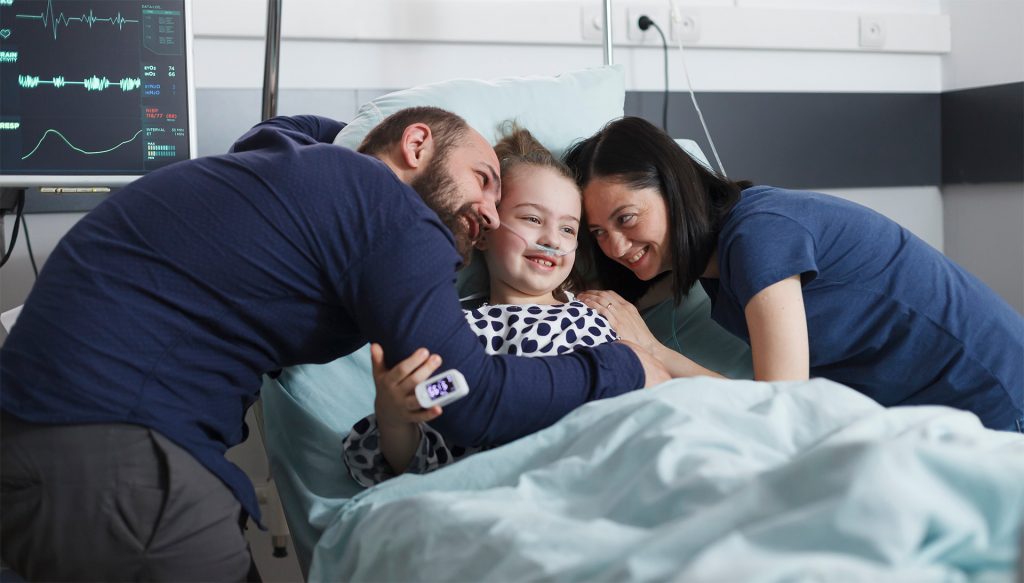
10 Jul The use of Artificial Intelligence in pediatric emergency departments
Artificial Intelligence: Are we ready to adopt it in pediatric emergency departments?
In a recent study conducted by Ann and Robert H. Lurie Children’s Hospital in Chicago, we learn that more than 75% of parents are generally open to the use of artificial intelligence (AI) tools when it comes to managing children with respiratory illnesses in the emergency room.
However, some parents, especially the younger ones, had more concerns about using these technologies. This demonstrates the importance of communicating with parents in the early stages of developing AI systems for pediatric care. As we mentioned in a previous article, entitled Horizon 2025: The Revitalization of Quebec’s Health Care System, educating patients and their families allows for a faster adoption of new technologies.
Educating families is also the best way to reassure them. Educating them means allowing them to become more involved in their children’s care. Family engagement is essential to implement tools that will help clinical decision making based on pediatric AI.

“Developing AI tools to improve care for children in an acute care setting needs to involve a diverse set of patients and parents early in the process to ensure they are comfortable with the technology,” says Sriram Ramgopal, MD, a pediatric emergency physician at Lurie Children’s and assistant professor of pediatrics at Northwestern University Feinberg School of Medicine.
Currently, AI is still underused in pediatric intensive care settings. We are still in its infancy, but its potential is gaining interest among health professionals.

These technologies promise to provide greater diagnostic accuracy, identify at-risk patients, or detect patients in need of diagnosis or treatment.
Here’s what it looks like by the numbers:
Surveys were conducted on 1,620 parents. Most respondents were comfortable using computer programs to determine the need for antibiotics (77%) or blood tests (76%), and to interpret x-rays (77%).
Despite the reliability of these new technologies, and the optimism of researchers, parents are particularly concerned about potential misdiagnosis and recommendation of incorrect treatment. And rightly so.

However, Sriram Ramgopal is confident: “It is inevitable that AI will make its way into routine pediatric practice. In the emergency department, we already use computerized decision support systems, which are precursors to AI…These systems do not dictate a particular course of action, but rather inform the physician about the approach to care in situations where a human could easily miss…
Research at Ann & Robert H. Lurie Children’s Hospital in Chicago is conducted by the Stanley Manne Children’s Research Institute. The Manne Research Institute is focused on improving children’s health, transforming pediatric medicine and ensuring a healthier future through the relentless pursuit of knowledge.
More info on : luriechildrens.org
Other source : healthitanalytics.com



